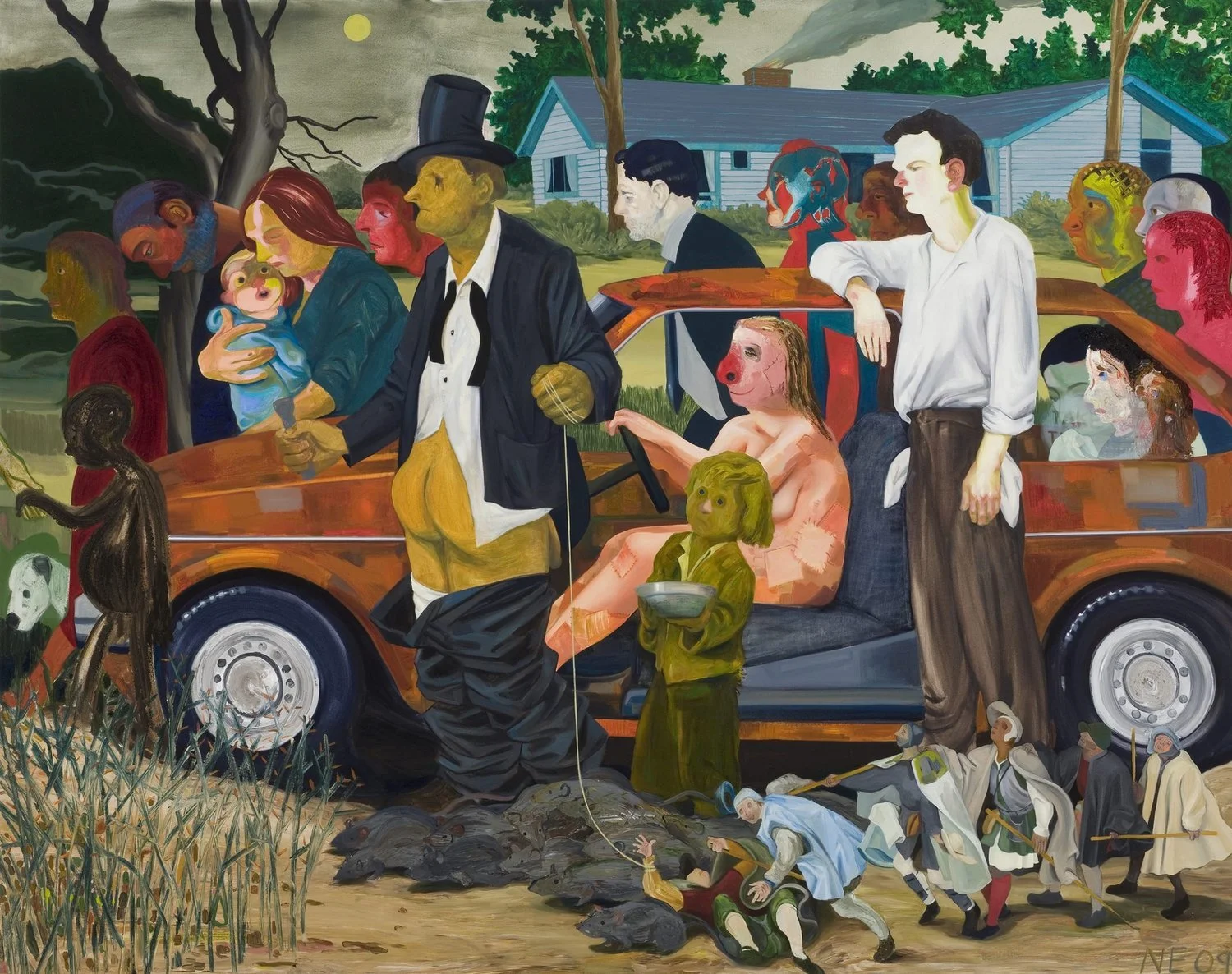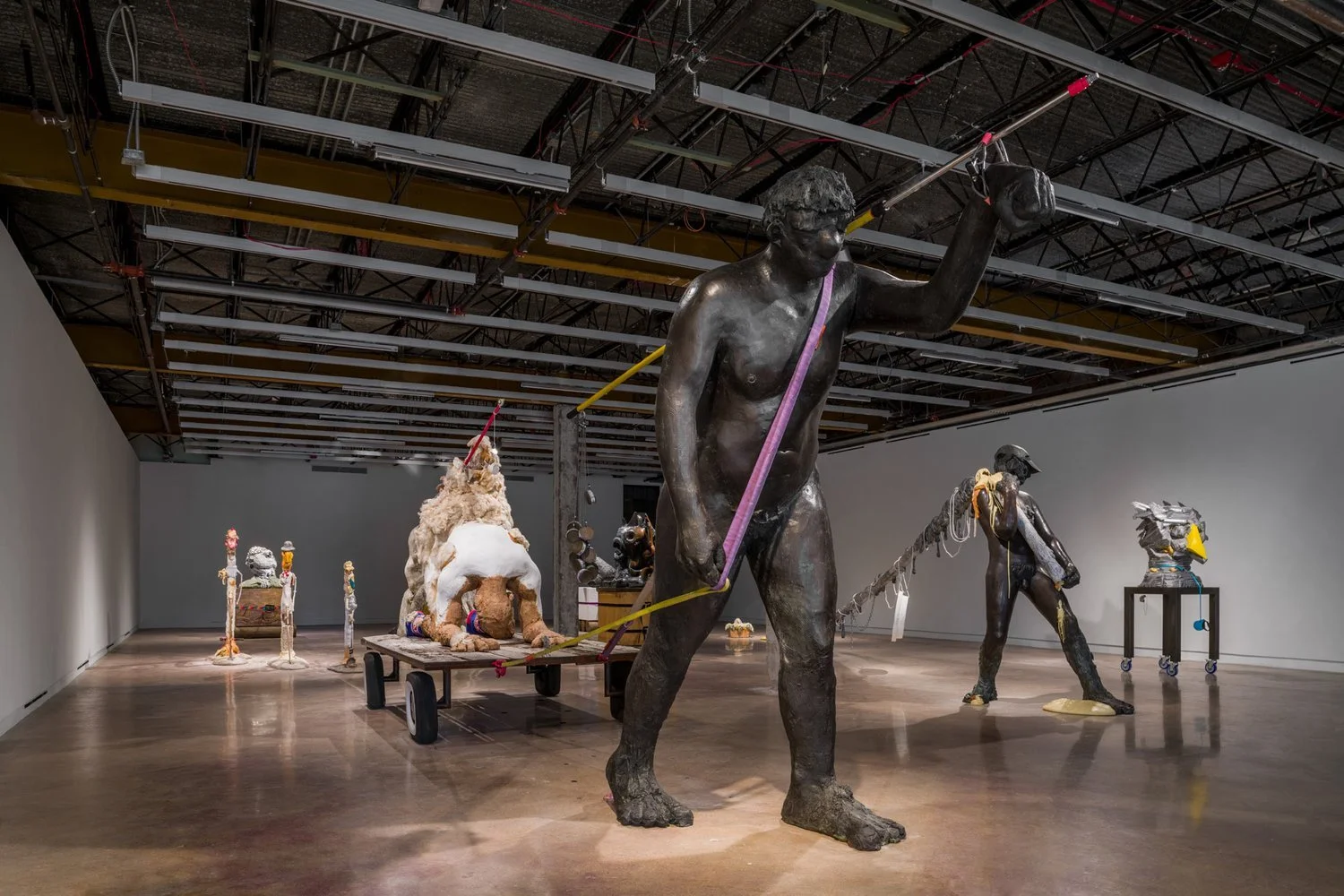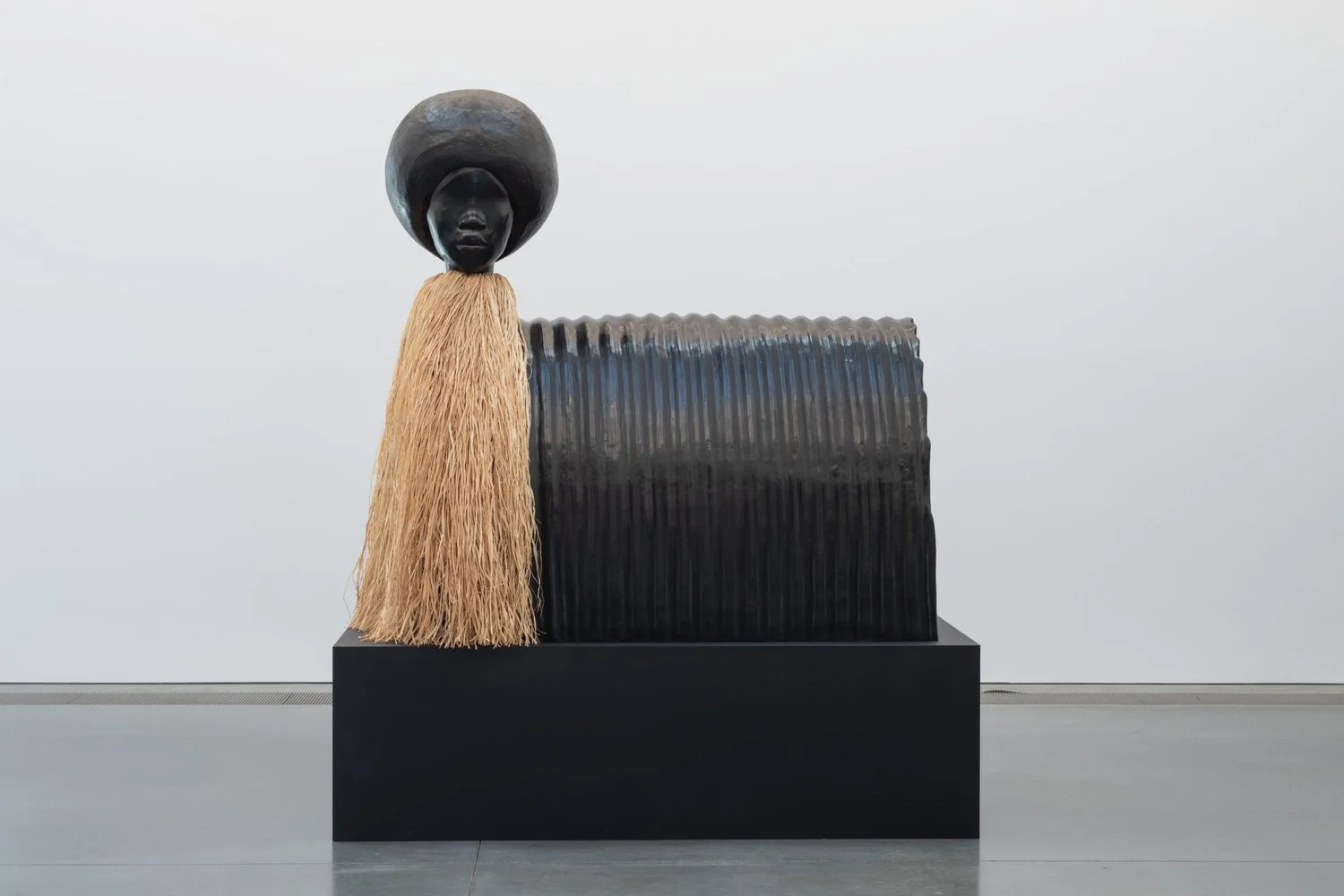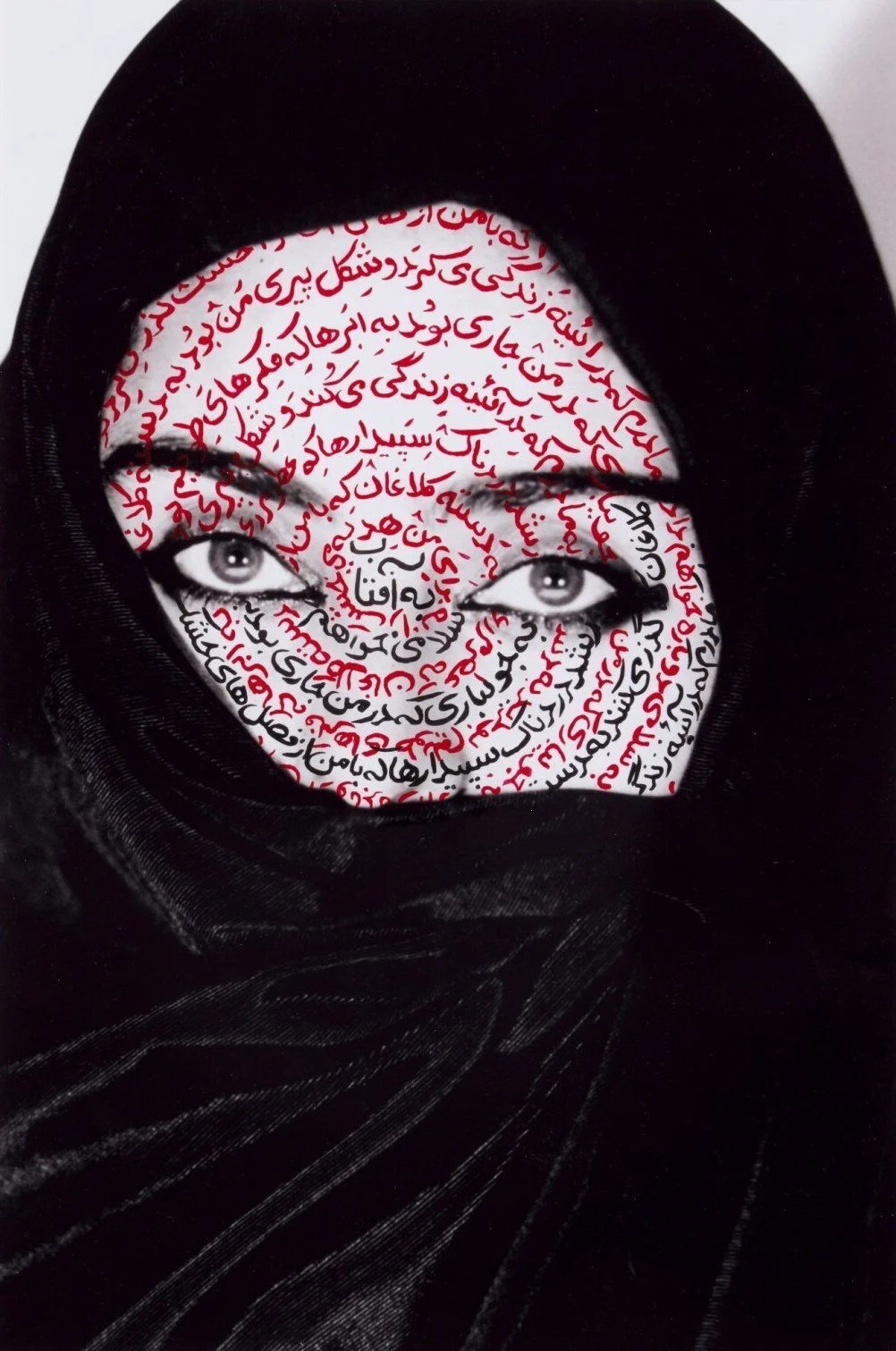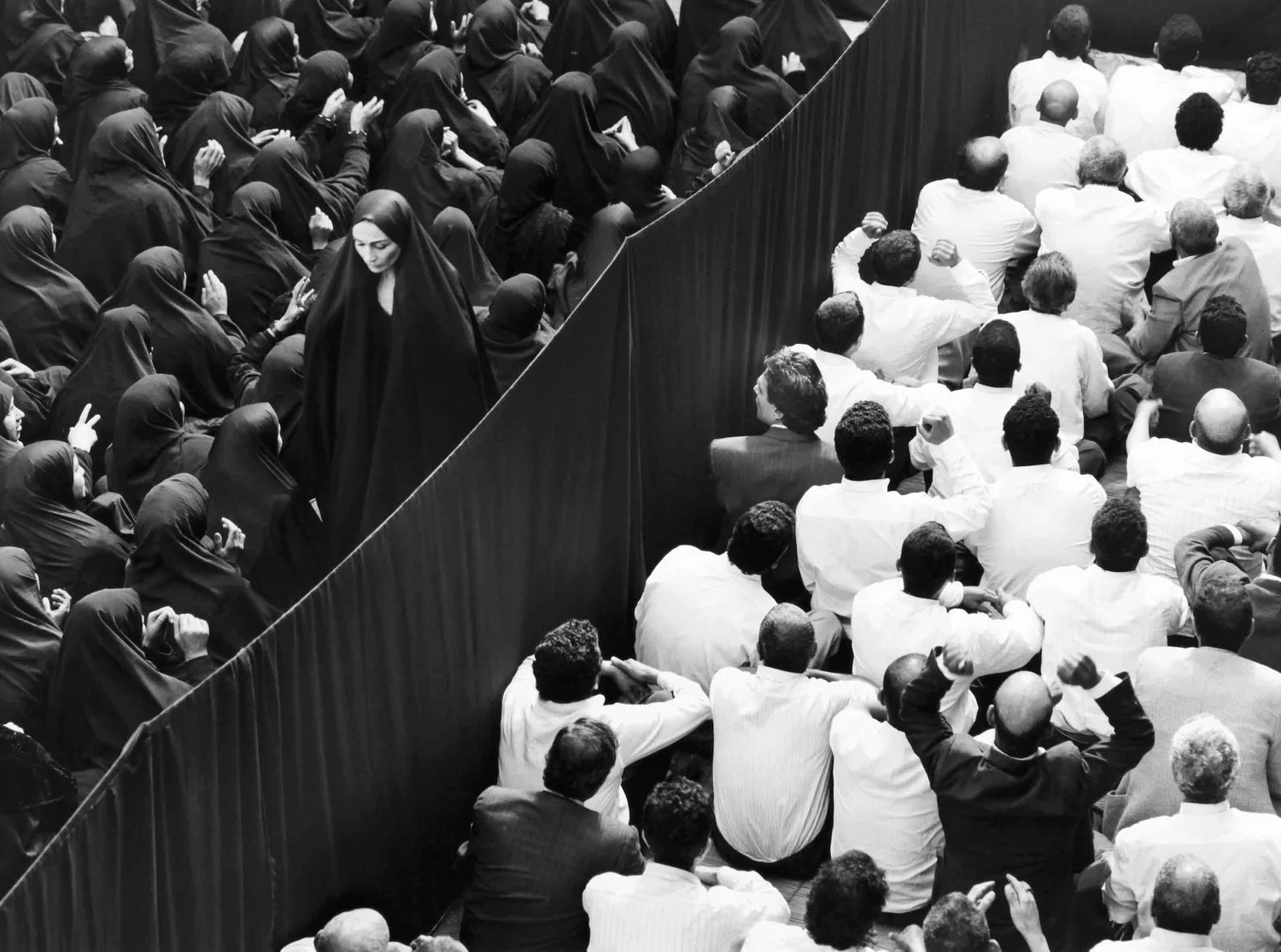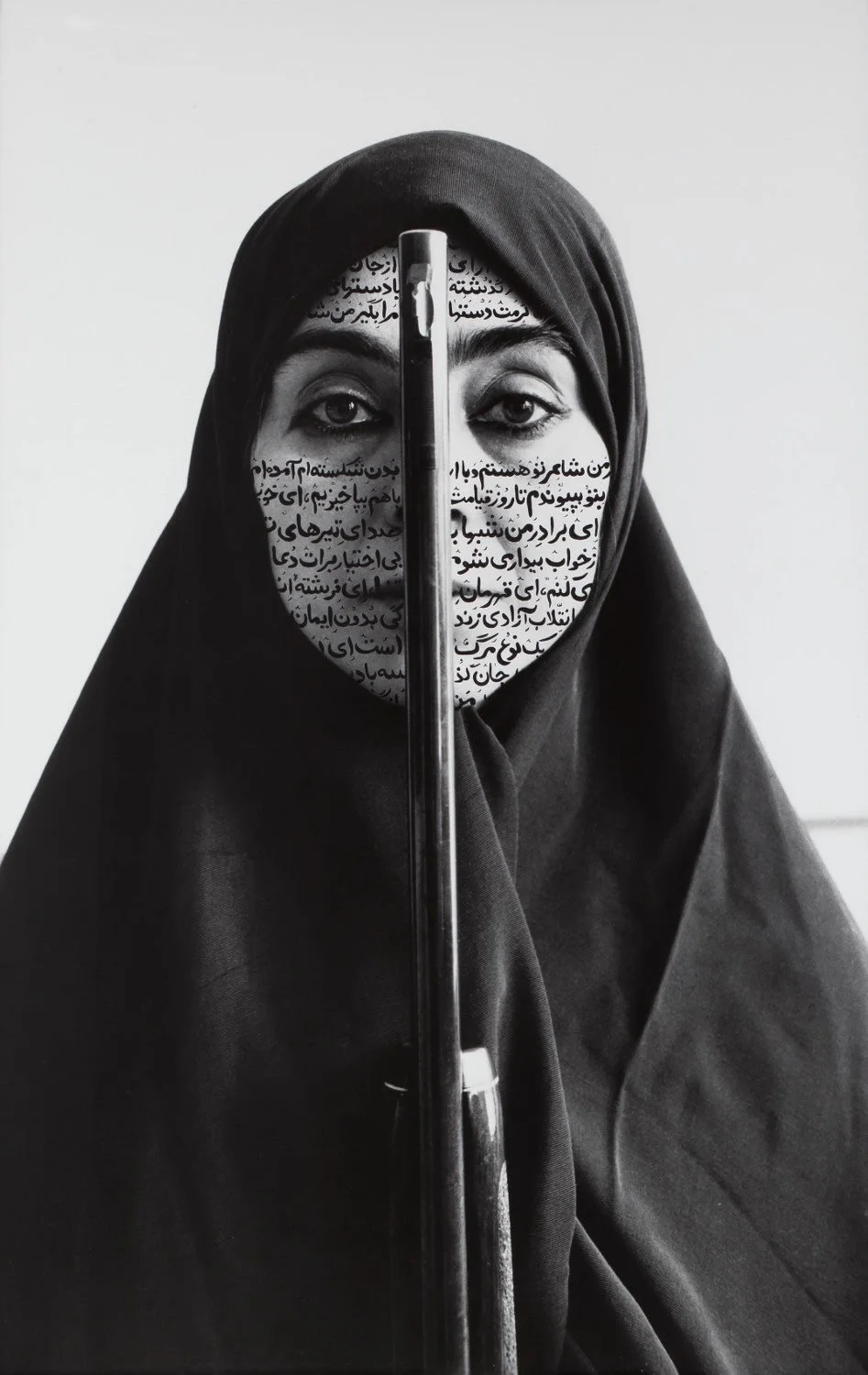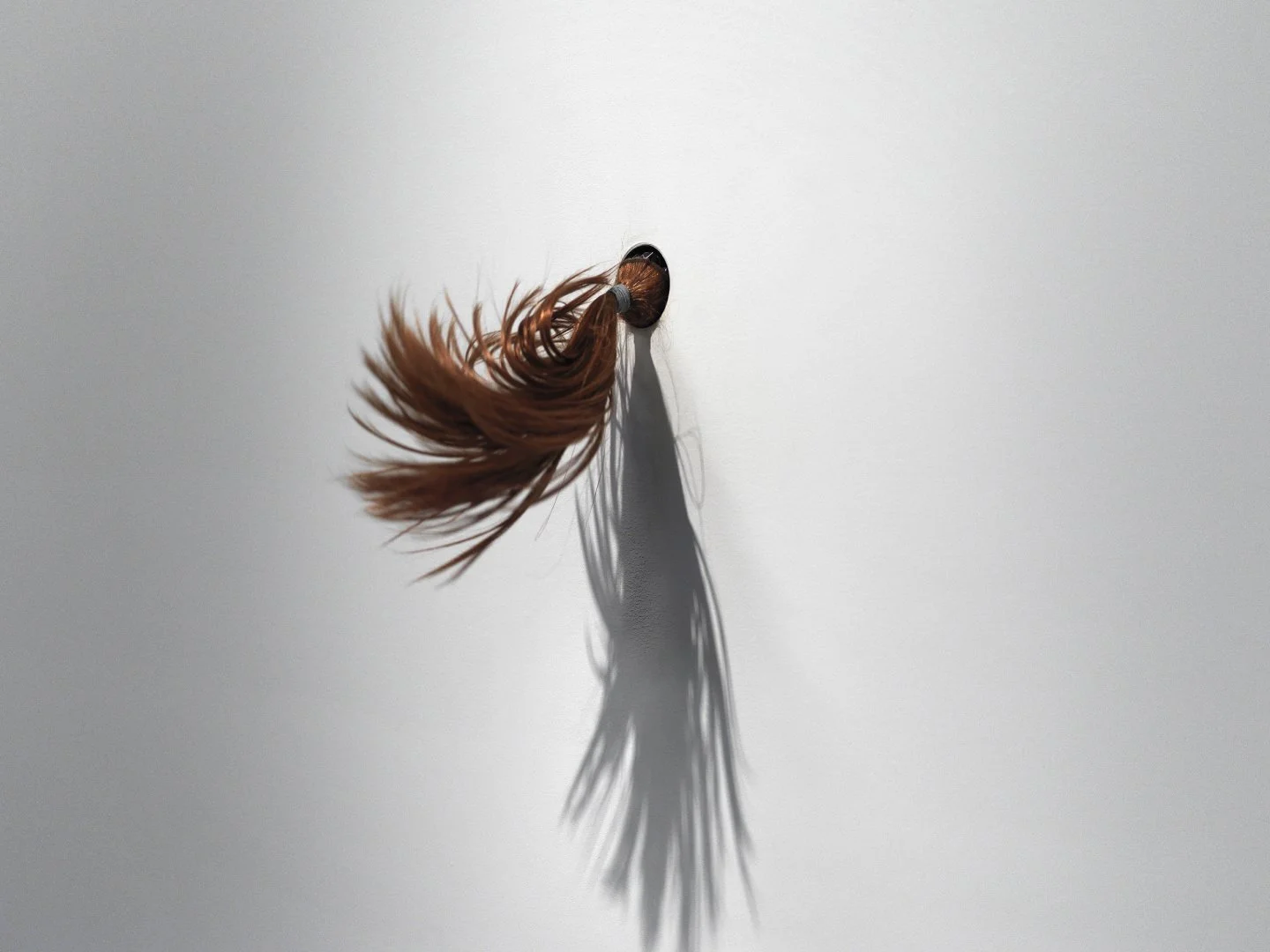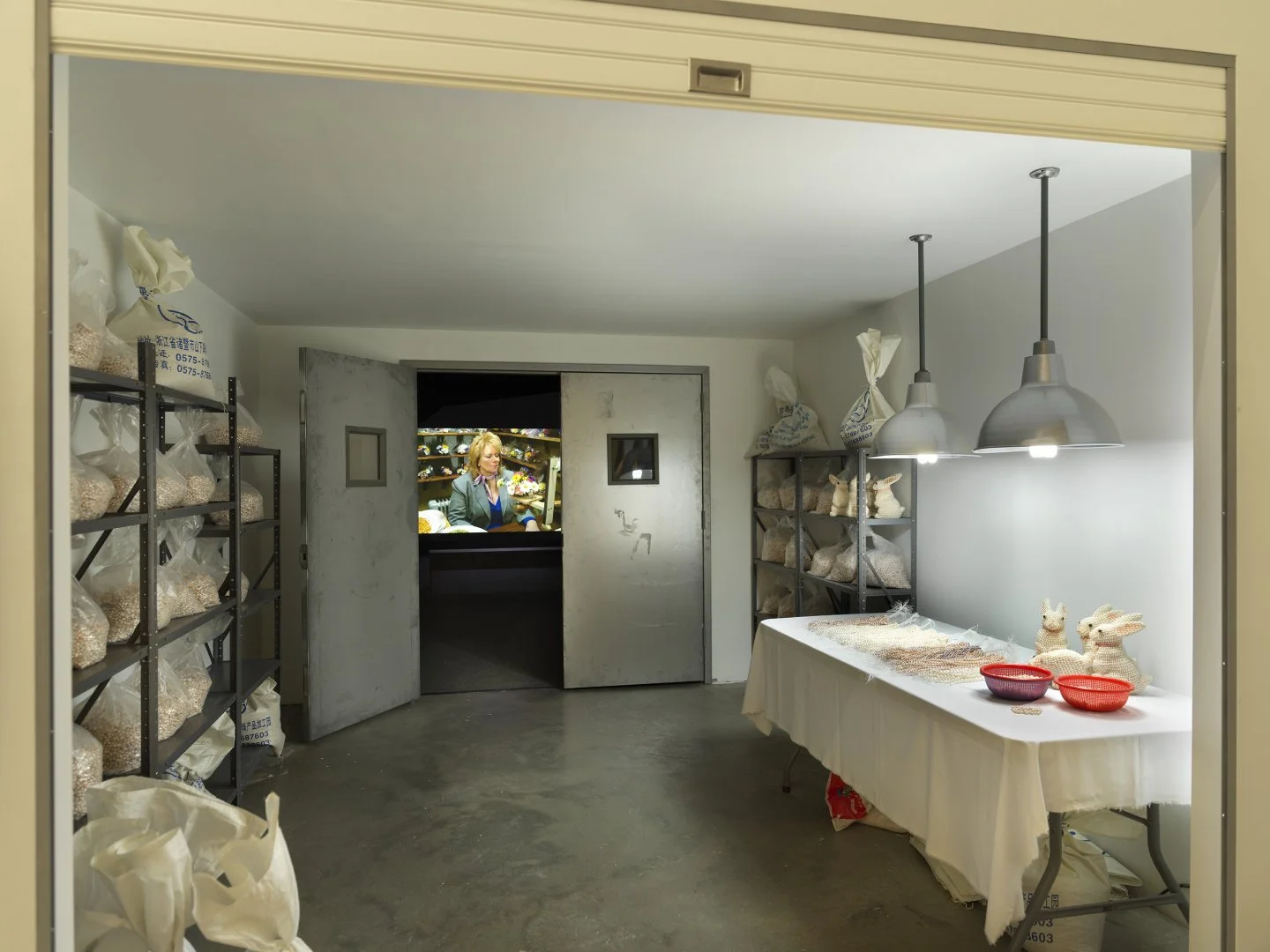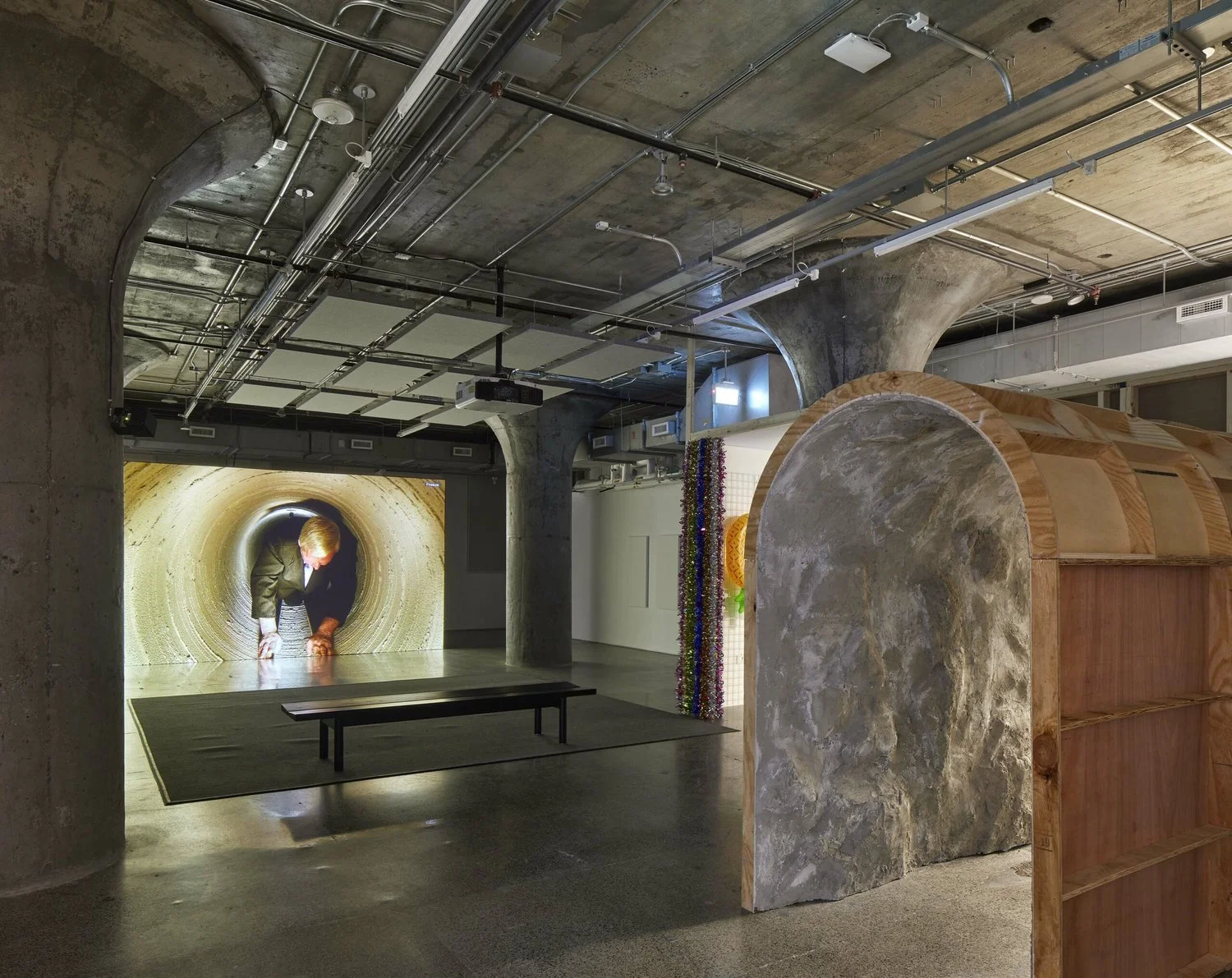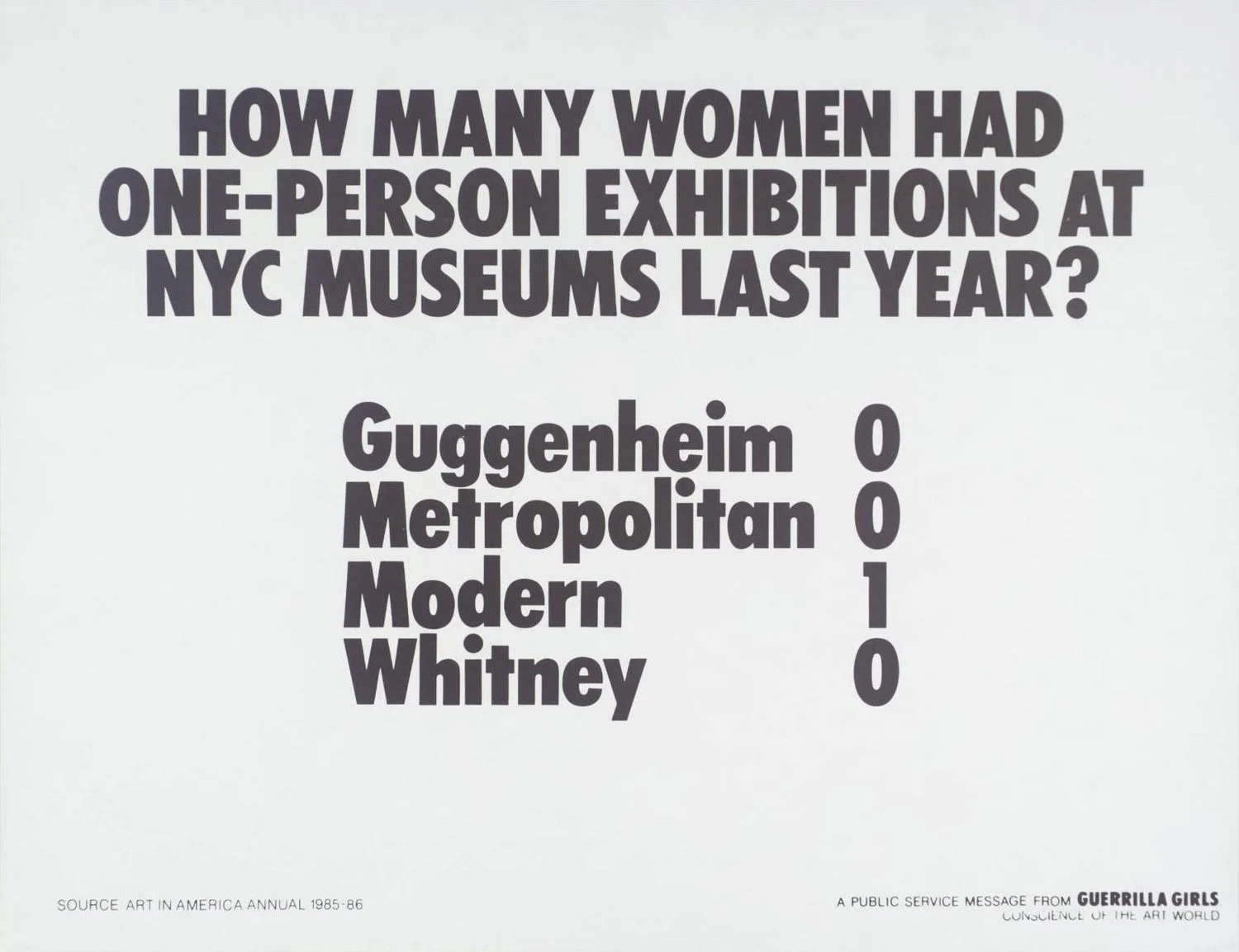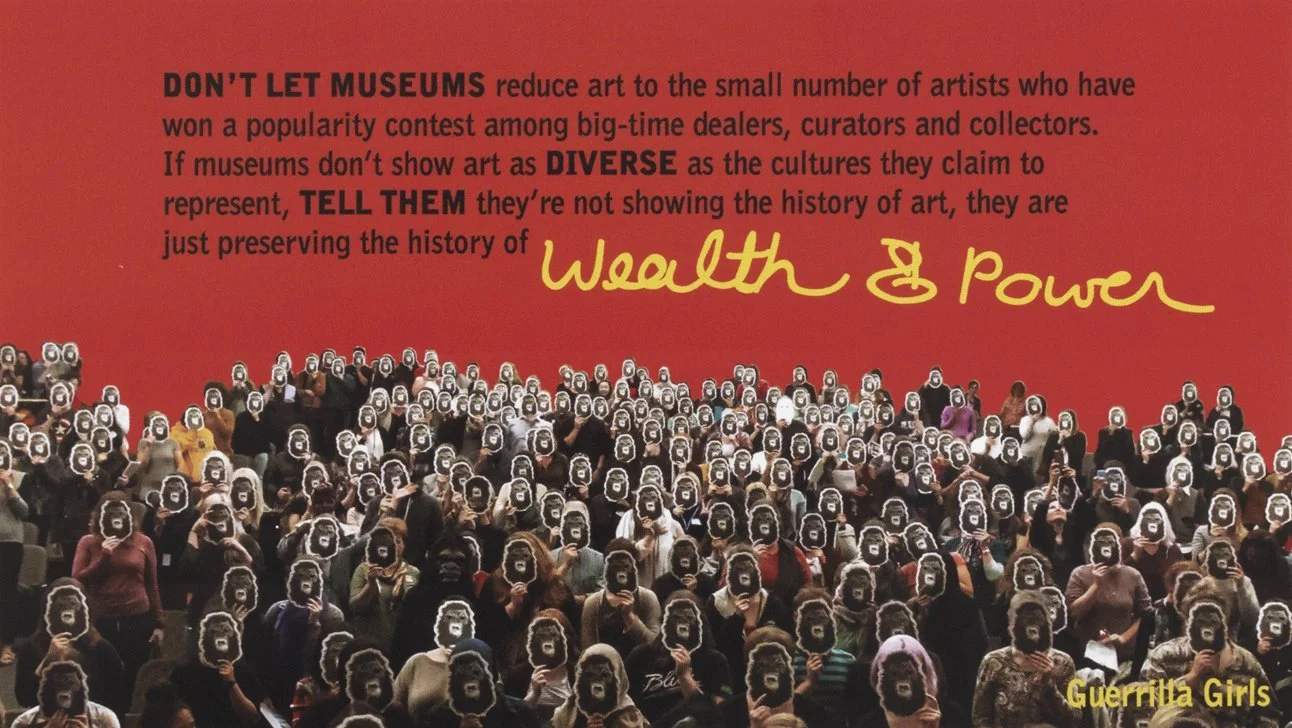Contemporary Women Artists Crafting New Narratives
Nicole Eisenman, Another Green World. Image credit: © Nicole Eisenman
The Western art historical canon has predominantly favored male artists, resulting in systematic underrepresentation of women in the art market and among institutions—an issue which persists to the present day. Despite the pervasive obstacles of exclusion and erasure, women artists have played a crucial role in shaping art history and will continue to influence the future of art.
Even with growing awareness and the advent of new platforms, the journey towards equitable representation of women in the art world is ongoing. This article will explore some of the leading women of the contemporary art scene. These artists demonstrate distinct capabilities in creating innovative and influential works—ultimately highlighting the urgency for diverse points of view and inclusive discourse within the art world.
Nicole Eisenman
Nicole Eisenman, Morning Studio. Image credit: © Nicole Eisenman
Nicole Eisenman is an American multimedia artist who challenges traditional Western art history and engages queer and feminist perspectives. She is known primarily for painting, but has recently forayed into sculpture. Her paintings are often humorous, taking visual cues and techniques from art historical movements (Baroque, German expressionism) as well as pop culture (comic strips, advertisements) to reflect on our present-day society.
Nicole Eisenman, The Triumph of Poverty. Image credit: © Nicole Eisenman
With what can be labeled as a satirical realism, humour employed as a tool to critique capitalism and the art world is a recurring theme within her work. She often depicts her subjects as exaggerated, cartoon-like figures that provide commentary on contemporary domestic and social habits. At times her subjects appear isolated, in the midst of crisis, while in other instances, they are captured in intimate interpersonal interactions. Her raw and unapologetic depictions of human emotion and queer sexuality make her work viscerally resonant. She appropriates visual tropes, injecting dark humor as a way to re-contextualize historic and cultural notions.
Nicole Eisenman, Morning is Broken. Image credit: © Nicole Eisenman
Her sculptures also work as allegories, multiple figures often presented together as a metaphorical narrative to explore similar themes present in her paintings.
Nicole Eisenman, Procession. Image credit: © Nicole Eisenman
Eisenman’s creative mission applies beyond her work in the studio. She is the founder and member of Ridykelous, a curatorial group encouraging the exhibition of queer and feminist art. This initiative has created a platform for underrepresented artists and activists to organize and present artwork on their own terms.
Simone Leigh
Simone Leigh, Loophole of Retreat (installation view). Image credit: © Solomon R. Guggenheim Foundation
American visual artist Simone Leigh is renowned for her large-scale sculptures, which explore themes of black womanhood through a lens informed by history and ethnography. Take her work at the 2019 Whitney Biennale, or her solo exhibition at the Guggenheim…both presenting a collection of sculptures displaying a range of technique and material referencing African architecture, modern industrialization, and cultural beauty standards.
Simone Leigh, Sentinel. Image credit: © Solomon R. Guggenheim Foundation
Sentinel (2019), is a sculpture that incorporates raffia, a traditional material used for western African domestic spaces. The base shape resembles an industrial material, a reference to forms of modern production. The sculpture is topped with a female head sporting a perfectly-cylindrical afro, a hairstyle with heavy historical and political significance to Black woman. This exploration of Black female subjectivity highlights the different social and cultural intersections Black women navigate in the modern era while the acknowledging their rich historical origins.
Simone Leigh, Stick. Image credit: © Ron Amstutz
Stick (2019), features another female head with an afro, this time with a voluminous base resembling a Victorian-era dress. The sticks poking out of the skirt-like shape are once again a nod to West African architecture, but also an inquiry into construction of the female form. The exaggerated feminine silhouette is also meant to confront racist forms from the Jim Crow era. These contradictory influences are meant for us to refuse binaries and avoid viewing women as a sum of their parts.
Simone Leigh, Las Meninas. Image credit: © Cleveland Museum of Art
Leigh's sculptures serve as powerful symbols of resistance and resilience, challenging societal norms and inviting dialogue about the intersectionality of race, gender, and history.
Shirin Neshat
Shirin Neshat, I Am Its Secret. Image credit: © Shirin Neshat
Shirin Neshat is an Iranian visual artist, known primarily for her video and photography works. She is specifically interested in notions of femininity and masculinity and the contrasts between Islamic and Western cultures.
Shirin Neshat, Fervor. Image credit: © Shirin Neshat
Raised in pre-revolution Iran, she came to the United States to study, and returned in the 1990s, only to discover her home country completely changed. As a way to understand and grapple with these changes, she began creating portraits of women overlaid with Persian calligraphy. Juxtapositions of antiquity and modernity have remained a motif of her work. Her oeuvre covers a vast range of domains including religion, politics, and poetry.
Shirin Neshat, Rebellious Silence. Image credit: © Shirin Neshat
Neshat utilizes the medium of self-portraiture to depict concepts of identity on both a personal and collective scale. Rebellious Silence (1994) examines definitions of selfhood. Its black-and-white scheme and split composition evoke tensions created by binaries, while her unflinching gaze displays resilience and auto-determination in face of internal and external struggles. In her 2016 series Roja, she explores these concepts, as well as the search for a motherland, through conceptualized films that explore dreams and the subconscious.
Shirin Neshat, Roja. Image credit: © Shirin Neshat
She does not intend to make work that is inherently or solely political, she also considers her work to be an expression of human emotion. She has stated: “I have gravitated toward making art that is concerned with tyranny, dictatorship, oppression and political injustice. Although I don’t consider myself an activist, I believe my art—regardless of its nature—is an expression of protest, a cry for humanity.”
Mika Rottenberg
Mika Rottenberg, Bowls Balls Souls Holes (Bingo variant). Image credit: © Artis
The work of Argentinian artist Mika Rottenberg has often been described as social surrealism, for its amalgamation of cultural inquiry and whimsical satire. Her oeuvre consists primarily of video and installation—sometimes combining the two—enveloping viewers into illusory uncanny territories.
Mika Rottenberg, Ponytail (Orange). Image credit: © Dario Lasagni
In her solo exhibition Easypieces, she explores the female body and its role in modern labor and global modes of manufacture. Her video works are movie-quality productions preoccupied with the exploitation of workers and the absurdity of excess. She shows a strong interest in depictions of the body, creating mechanized versions of feminine-coded physical attributes (ponytails, pursed lips, long fingernails), displaying the interrelatedness of the mechanic and the corporeal, a consequence of our modern world.
Mika Rottenberg, Easypieces (installation view). Image credit: © Dario Lasagni
NoNoseKnows (2015), her video installation featured at the 2015 Venice Biennale, features an overseer character with an absurdly exaggerated nose who expels plates of decadent food from her nostrils every time she sneezes. Her office—piled with plates of unfinished food and languishing flowers—sits directly above an underground factory of women, hunched-over and scraping mussel shells to extract pearls for jewelry. While the video features bizarre characters and almost-ridiculous effects, the industry it depicts is a real one—one that leaves disenfranchised women overworked and underpaid. Part of the installation is comprised of a room fabricated as pearl reserve, with thousands of lustrous pearls on tables and in baskets, imitating the exact setting seen in the video. This makes viewers active participants in the piece, as they are now standing among the commodities of hours of intense labor. This forces the question: are we as viewers somehow complicit in the absurd assembly line of exploited pearl factory workers?
Mika Rottenberg, Easypieces (installation view). Image credit: © Mika Rottenberg
Rottenberg’s installations challenge our complacency and expose us to the realities behind our unconscious consumption. There is a clear humor in Rottenberg’s work—dark, satirical, and sometimes unsettling. Ultimately, they boldly aim for the viewer to confront truths about consumerism, globalization, and technology.
Kiki Smith
Kiki Smith, Congregation. Image credit: © Kiki Smith
Kiki Smith is a German-born American figurative artist interested in depictions of the female body and themes including sex, birth, and regeneration. After her father died during the AIDS epidemic in the 1980s, Smith became preoccupied with mortality and the corporeal. She works across mediums—sculpture, textile, drawing—displaying interest in the human form and the spiritual facets of the body.
Kiki Smith, Rapture. Image credit: © Kiki Smith
Her solo exhibition at the Monnaie de Paris explored representations of societal gender roles, anatomy, and childhood memories. Rapture (2001) investigates relationships between humans and animals. A life-size bronze sculpture, the piece features a nude woman emerging from the underbelly of a wolf lying on the floor. The woman appears frozen in motion, seemingly stepping towards the viewer, with one foot still within in the wolf. Exuding poise and self-assurance, the woman stands with confidence.
Kiki Smith, Sky. Image credit: © Kiki Smith
Smith makes references to biblical origin stories and traditional fairy tales to symbolize a resurrection, a renewal from a former self. Furthermore, she emphasizes the powerful nature of womanhood.
Kiki Smith, Born. Image credit: © Kiki Smith
The female figure’s symbiotic relationship with nature has become a staple of Smith’s oeuvre, in which it serves as a vessel for harmony and cosmic unity. Therefore, her artwork equally serves as a reminder of currently existing precarious environmental circumstances, as they imply the metaphysical interconnectedness of humans and their surroundings.
Guerrilla Girls
Guerrilla Girls, How Many Women Artists Had One-Person Exhibitions In NYC Art Museums Last Year? (1985). Image credit: © Guerrilla Girls
The Guerrilla Girls are a staple of the Western feminist art canon. A group of anonymous female artists, this collective has been in action since the 1980s. Sporting costume gorilla masks to hide their identities, these women began their art world activism by printing and distributing flyers exposing the lack of diversity within New York museums and galleries. The roster has altered and evolved over the years, but the group maintains a tradition where each member is named after a legendary female artist (i.e. Frida Kahlo, Kathe Kollwitz, Alice Neel).
Guerrilla Girls, Do Women Have To Be Naked To Get Into the Met. Museum?. Image credit: © Guerrilla Girls
Several of their artworks have achieved iconic status and have been added to major museums collections around the world. Notable examples include The Advantages of Being a Women Artist and Do Women have to be Naked to get into the Met Museum?, where they challenge sexist representation and advocate for an end to gender discrimination in the arts industry.
As the decades have passed, the Guerrilla Girls have expanded in medium and message. They have created performance pieces, video works, and have even spoken at public conferences—masks on, of course.
Guerrilla Girls, History of Wealth and Power. Image credit: © Guerrilla Girls
Despite their original efforts to reveal statistics exposing systemic inequality, many of these figures have only seen marginal improvements. The Guerrilla Girls continue to campaign for equitable representation while denouncing tokenism. Their mission statement articulates their commitment: “We undermine the idea of a mainstream narrative by revealing the understory, the subtext, the overlooked, and the downright unfair.”



